
Justin Aclin Takes Aim with ‘S.H.O.O.T. First’ in MySpace Dark Horse Presents
Next month's 35th and final issue of MySpace Dark Horse Presents doesn't mean the end of new ideas springing - or in one case shooting - forth from the publisher. On June 2, writer Justin Aclin ("Twisted ToyFare Theater," "Hero House") and artist Ben Bates ("Sonic the Hedgehog") unveil an all-new team of paranormal exterminators ripe with ongoing potential in "S.H.O.O.T. First." But what's the secret of "S.H.O.O.T. First's" eponymous acronym and what does it mean for their paranormal targets? We got a hold of the hustlin' Aclin to find out.
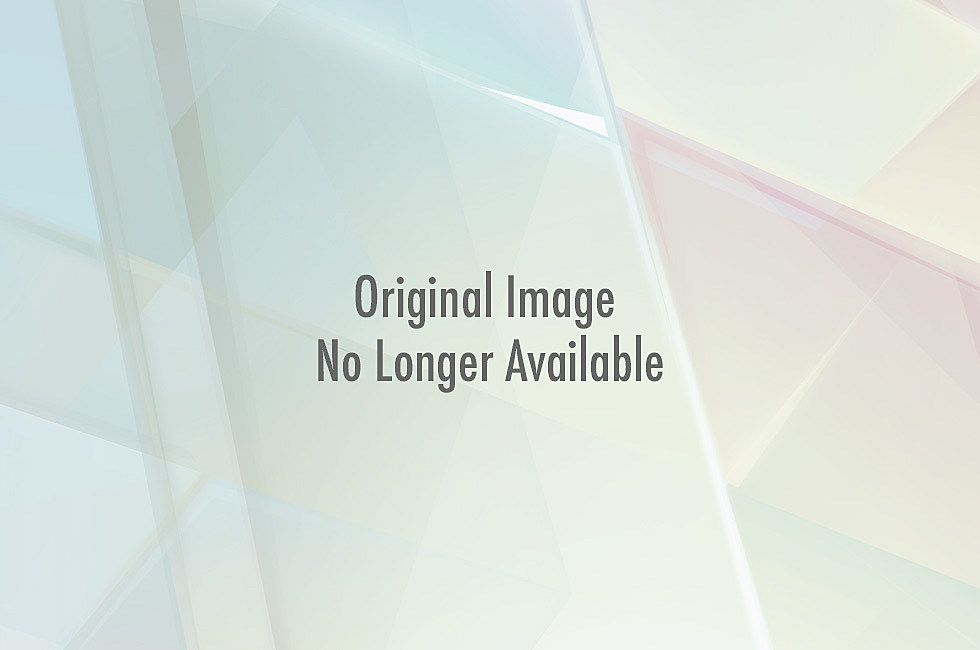
ComicsAlliance: For starters, can you tell us a little about how you got setup with a MySpace Dark Horse Presents Story? What's the timeline for the project been like?
Justin Aclin: The timeline for this project was a once-in-a-lifetime experience. Or at least, if it ever does repeat itself, I will have the luckiest career ever. Basically, I came up with the idea for S.H.O.O.T. First on a Monday, wrote it up and sent it into Dark Horse on Tuesday and heard back on Wednesday that it had been accepted for MySpace Dark Horse Presents. It took me a couple of reads of the acceptance email just to process it. It was a huge thrill to me that MDHP editor Scott Allie was even reading something I'd written, never mind that he liked it enough to publish it.
CA: Like any good acronym, S.H.O.O.T. has a special meaning integral to its agents. Can you break down what it stands for and describe how it fits in to the upcoming story a bit?
JA: The acronym tells you everything you need to know about the basic premise of the story: it stands for "Secular Humanist Occult Obliteration Taskforce." S.H.O.O.T. are basically militant atheists, tasked with hunting down supernatural creatures, especially those of religious significance, that they don't even believe in. So in the story in MDHP #35, we see S.H.O.O.T. interrupting an exorcism to kill the demon...but they're also there in pursuit of a "holy spirit" that might be aiding the priest. It's all the same to them.
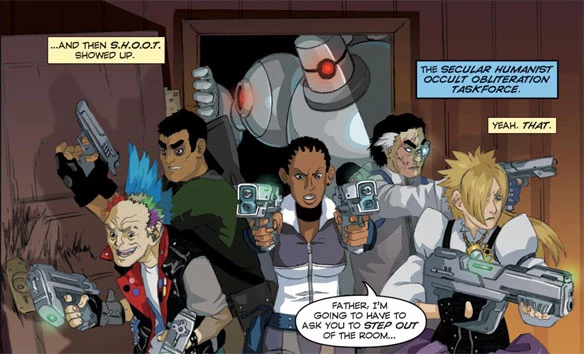
CA: While "S.H.O.O.T." is somewhat satirical on its surface, it also works as a team book, an action story and a vehicle for social/religious commentary. Did you have any trouble balancing those elements? Or did you have a pretty clear vision in mind for your story from the beginning?
JA: My first inspiration for the story was actually Beasts of Burden, by Evan Dorkin and Jill Thompson, which is an amazing "team fighting the supernatural" book of the type that Dark Horse is famous for, but with the brilliant twist that it's all these pets that make up the team. And I decided I wanted to do something along those lines - supernatural action with a twist. And the twist that I stumbled upon is that every time you read a comic about someone fighting the supernatural, they're really doing it on the supernatural's own terms. If you're fighting a vampire, you bring stakes and holy water - that kind of thing. I don't think there's ever been a team like "S.H.O.O.T." that basically thinks it's all bunk, and just goes after any threat with science and bullets, and scientific bullets.
Once I had that, I realized that it happened to overlap a lot with issues I've been wrestling with lately, as far as religion and my own attitudes towards it. It probably helped that I came up with the idea on Yom Kippur. So it was first and foremost an action/team book, and then I realized that the commentary and the satire were sort of naturally built into the DNA.

CA: Ben Bates, who is known at least partially for his work on Archie's "Sonic the Hedgehog," has a partially manga-influenced style that seems at home with the technological and supernatural elements of the story. Can you tell us a little about your collaborative process? What made him the right artist for the gig in your opinion?
JA: I think we actually tapped Ben before the Archie folks got to him -- my amazing editor Dave Marshall and I checked him out at the behest of his studiomates at Portland's Periscope Studios, where Ben interned. Ben's a great choice because his manga influences make it look different than any other supernatural books at Dark Horse, but he's got a really natural eye for things like characters and action. We didn't go through more than two rounds on any of the character designs for the book, and most of them he nailed on the first shot, including the very creepy looking "Wooden Saint" who's the main creature in the story. The entire process of working with him went extremely smoothly, and I'd imagine he's got a really successful career ahead of him.
CA: A lot of readers know you from your gig as Editor of "ToyFare" and writer of "Twisted ToyFare Theater" along with the recently released "Hero House." While "S.H.O.O.T." retains an element of humor, it follows the precedent you seemed to set in "Hero House" of writing "with" humor rather than writing a purely comedic story. Do you feel like you're settling into a more well-rounded reputation as a writer?
JA: I don't know about my reputation, but I'm definitely trying to showcase more of what I'm capable of aside from Twisted ToyFare. I think that "S.H.O.O.T. First" is nearly as tonally different from Hero House as Hero House is from TTT. But the inspiration for doing it that way is the same as it was on Hero House: I get an amazing opportunity, month in and month out, to write goofy humor using some of pop culture's most beloved characters. When I get to write things on my own time, I want to stretch my storytelling and character development muscles a bit more.
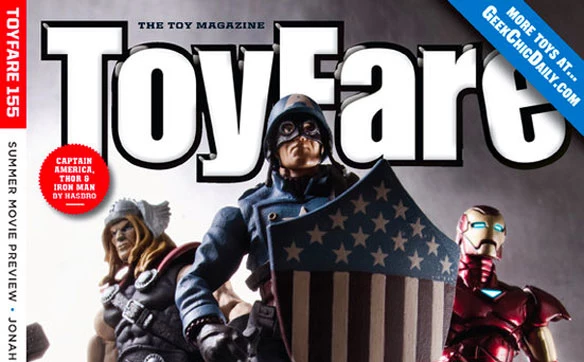
CA: You've touched on your own thoughts on organized religion over at your blog. How do you think your own religious experiences helped shape the basis of "S.H.O.O.T.," if at all?
JA: I'd say it's one of the main things that shaped the story, as well as the wider universe I created that it's set in. It's basically about the ways that I and many other people struggle with questions about faith and religion...except, of course, that S.H.O.O.T.'s struggle is literal, physical and violent.
Basically, I always considered myself an active, if not particularly observant, Jew. Then, when it came time to decide how much of my religion I was going to teach my daughters, I found that I didn't have a lot of enthusiasm for the notion of telling them that there's an all-powerful god who created the world, etc. I mentioned that I came up with the idea on Yom Kippur: I had been thinking that day that I wasn't sure what kind of greater power I believed in anymore, but I knew for a fact that I didn't believe in a god who gave a crap if I ate or fasted on any particular day. There was also a greater feeling, based on things like the Catholic sex abuse scandal, Islamist extremist violence and, on behalf of my own people, the East Jerusalem settlers who are disrupting the Middle East peace process, that religion might in fact be a greater source for bad in the world than for good. But at the same time, it's hard to let go of the notion that there is something more out there, if only because it's so pleasant to think that way. So I didn't want S.H.O.O.T. to be polemic; like I said, it's about this struggle.
All that in an 8-page story featuring a robot as a protagonist.
CA: One of the most interesting things about "S.H.O.O.T." is the fact that a seeming majority of mainstream superheroes act morally despite unclear or nonexistent religious affiliations, which is essentially a kind of humanism. What sets the members of S.H.O.O.T. apart from those kind of characters?
JA: I know there are superheroes and comic characters out there who are atheists, but as far as I know S.H.O.O.T. are the first comic characters where atheism is their entire raison d'être. They want to see humanity reach their full potential, and they feel that these supernatural beings, which they call "Outside Actors," are standing in the way of that for their own purposes. Each member of the team has had a personal break with faith, and that actually serves as their greatest weapon against the Outside Actors, for reasons you find out in the story.
CA: Even though it's a standalone story, "The Wooden Saint" could also be interpreted as a pilot for more "S.H.O.O.T." adventures. Any chance readers could see more S.H.O.O.T.ing down the road?
JA: I know a lot of MySpace Dark Horse Presents stories that don't tie into established properties are intended as "one and done," but as soon as I came up with the idea for S.H.O.O.T. First, it immediately suggested a wider universe and a wider story that it fit into. So while I definitely wanted to give readers a story that was satisfying in and of itself, I definitely wanted it to leave you with some questions that you'd like to see answered in more continuing adventures.
I've actually finished an outline for a S.H.O.O.T. First mini-series or graphic novel, but there are no solid commitments to have it published right now. My hope is that if fans respond to the short story well enough, they'd voice their desire to see where the story of these characters and this world goes from here.

CA: Are you still set to attend San Diego Comicon this summer? Do you expect your outlook on convention season will be altered as your comics portfolio keeps growing?
JA: That's still the plan right now. My first priority at San Diego is always to take photos and meet with companies for ToyFare, but I hope I get to do some stuff as "Justin Aclin, comic creator" as well. At the very least, I registered for the show as a pro instead of as press, just because I could and I think it's awesome.
CA: Is there anything else we should know about SHOOT or other Aclin projects in the pipeline?
JA: I'm very proud of the work that Ben, Dave and I did on S.H.O.O.T. First. I'm incredibly thrilled to be sharing even a publishing company with guys like Stan Sakai and Gabriel Bá, so it's unbelievable having my work appear in the same issue of MySpace Dark Horse Presents as those guys. I hope that readers enjoy it, I hope it sparks some conversation and makes people want to see what's next for the Secular Humanist Occult Obliteration Taskforce.
More From ComicsAlliance




![Bebop And Rocksteady Journey To The Distant Past Of The Year 2000 (And Also Dinosaur Times) In ‘Bebop And Rocksteady Destroy Everything’ #2 [Preview]](http://townsquare.media/site/622/files/2016/06/Bebop00.jpg?w=980&q=75)
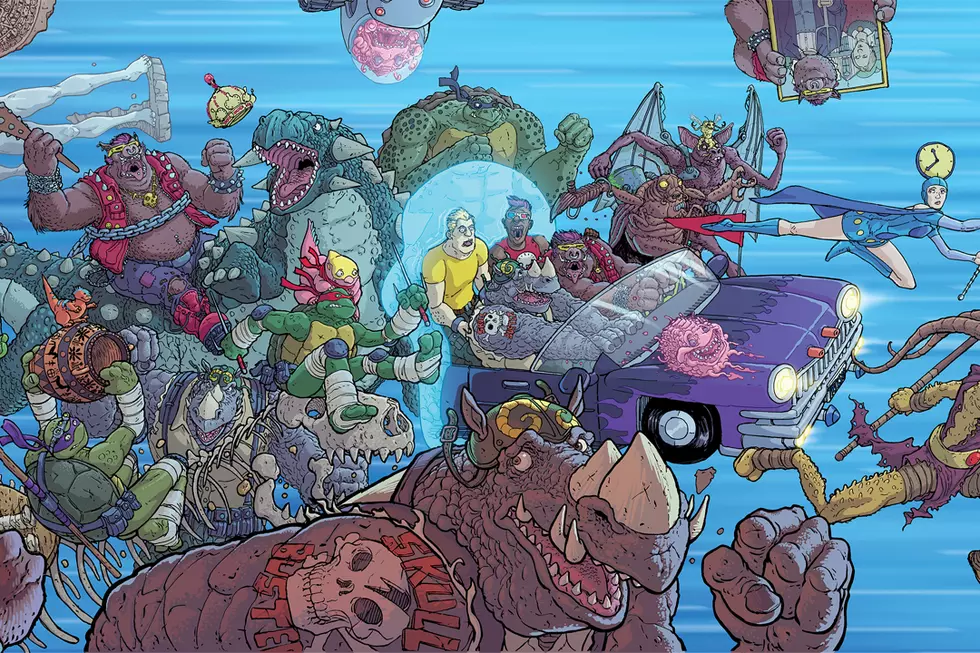
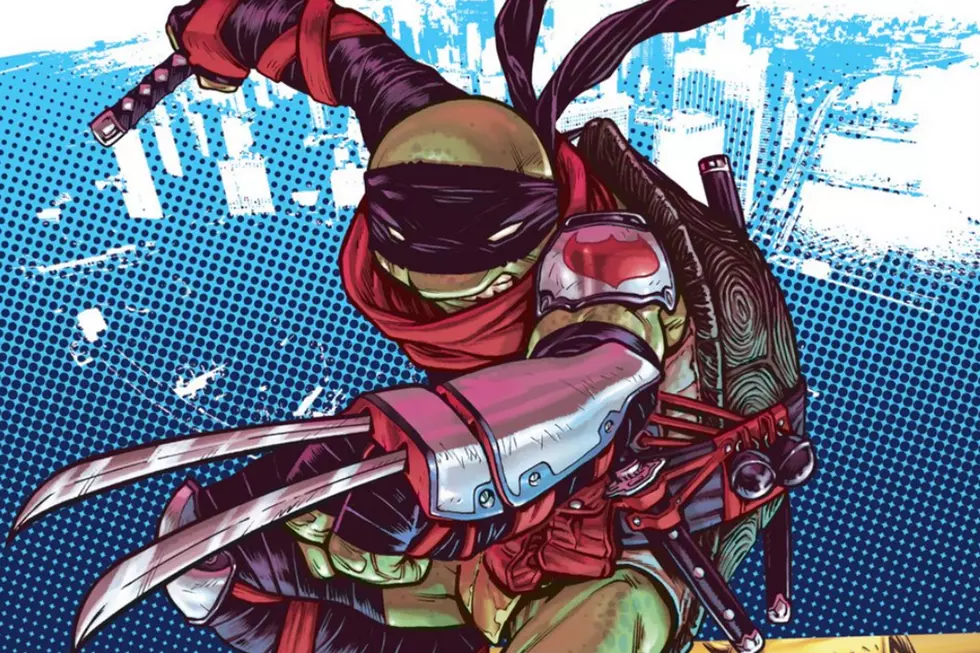
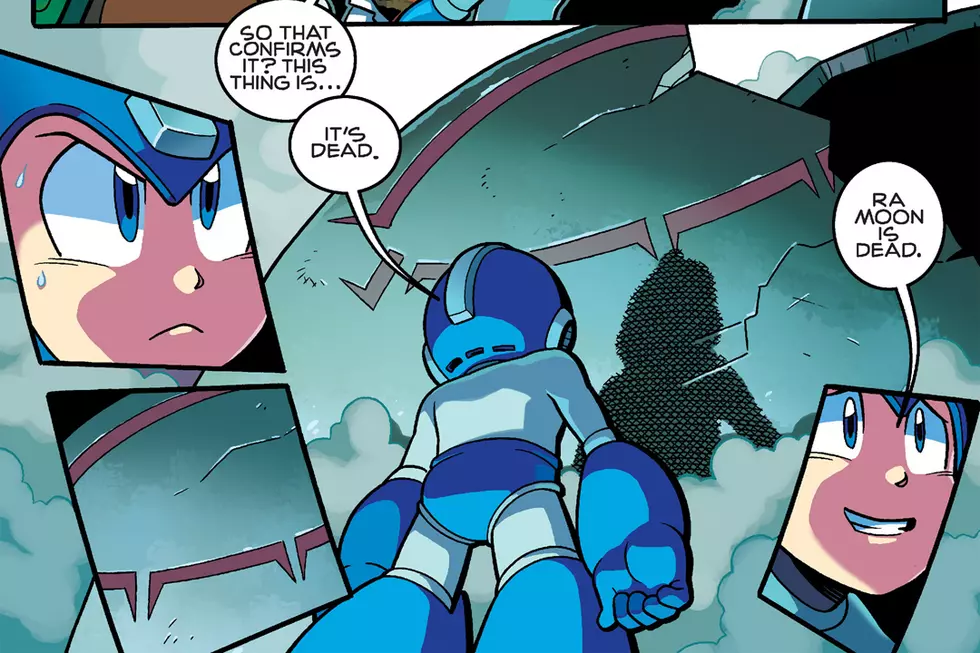
![‘My Little Pony’ Goes Superhero In ‘MLP Annual 2014′ [Preview]](http://townsquare.media/site/622/files/2014/09/MLP00.jpg?w=980&q=75)
